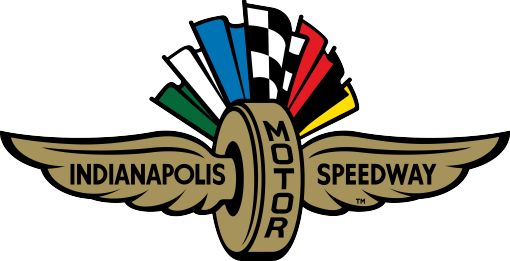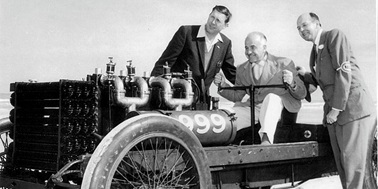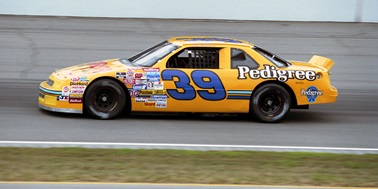Generations ago, not every Indianapolis 500 driver was a full-time wheelman. Whereas today’s contestants in “The Greatest Spectacle in Racing” leave the Indianapolis Motor Speedway at the end of May to head to the next race, many drivers of yesteryear simply went back to work.
Mauri Rose was one of those Indy 500 “moonlighters,” and arguably the best.
The Columbus, Ohio, native won three times in 15 starts – an ace around the 2.5-mile oval in his spare time. Rose was an engineer who worked for Allison Engineering and Studebaker, among other firms, and in May would take just enough time to shake down a car and qualify it, preferring his day job to lingering around IMS during the long Month of May.
“He did not spend a lot of time at the track,” IMS Historian Donald Davidson said. “It got in a lot of people’s heads, he seemed to be doing it so easily. He would beam when he would talk about it. He said, ‘I had a job, I liked my job. I wanted to get back to work!’”
Rose’s qualifying record was sensational, with one pole position in 1941, four more front-row starts and only two starting spots outside the top 10 – and one of those was his rookie year of 1933.
Race Day, of course, was more of a test, but Rose’s record still sparkled with four top-four finishes outside the three wins.
The first win, in 1941, showed how good he was. Owner Lou Moore had three cars, a Maserati and two Wetteroth/Offys, and Rose qualified the Maserati on the pole. In the race, however the Maserati bowed out after 60 laps.
Twelve laps later, Rose was back in the race in one of Moore’s Offys, relieving driver Floyd Davis. Rose took the car from 14th to first and shared co-winner honors with Floyd, the second such duo in race history (L.L. Corum and Joe Boyer were co-winners in 1924).
“Floyd Davis was driving a steady-Eddie race, then through attrition and speed, Rose was able to come in and win,” Davidson said. “He knew the car very well, he had driven it to third the year before and had driven it in practice.”
The race would be halted the following four years for World War II, and when it returned, so did Rose. He won back-to-back races in 1947-48 – joining Wilbur Shaw and Louis Meyer in the three-win club – and made his last start in 1951.
Then, as usual, he went back to work.




